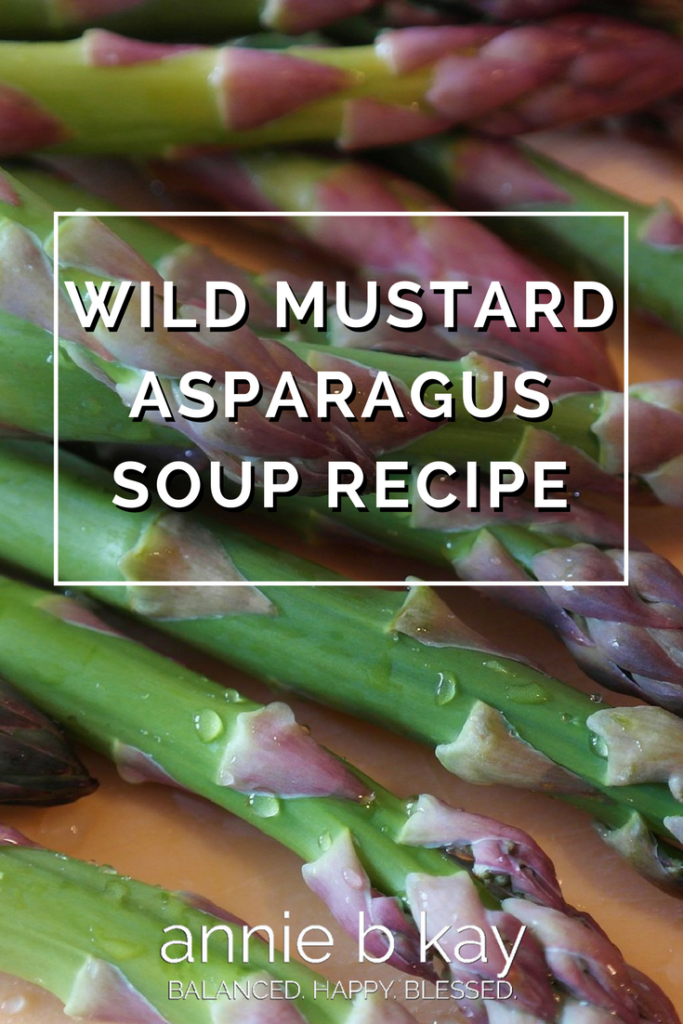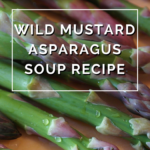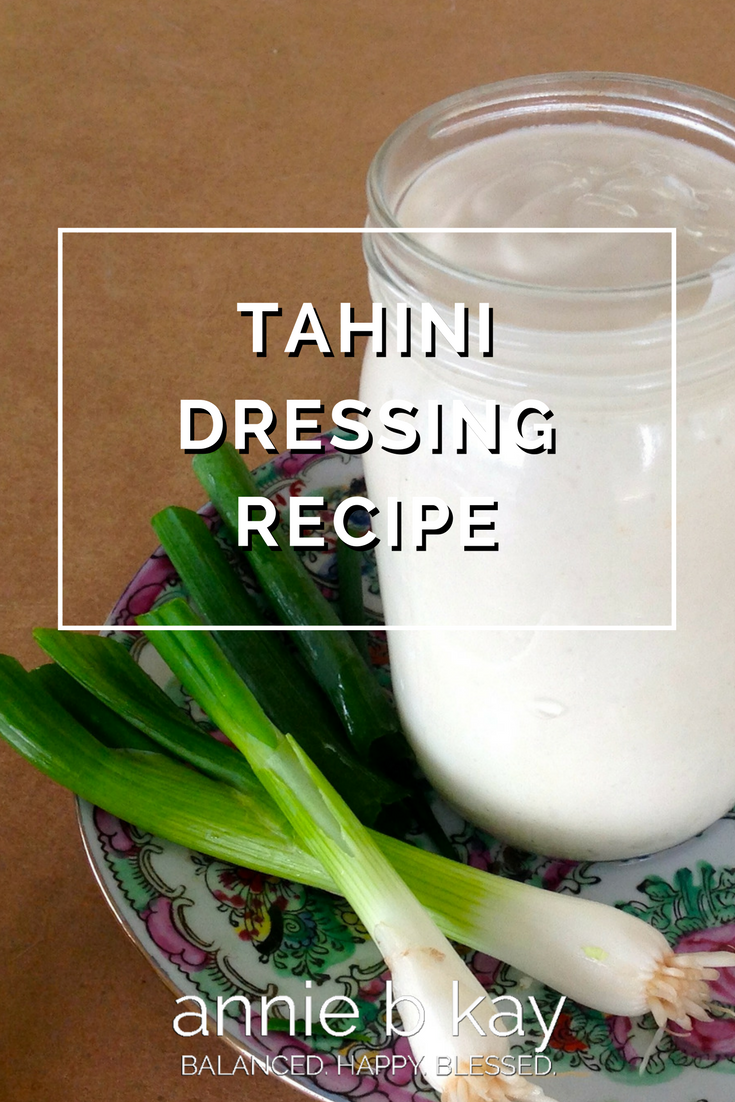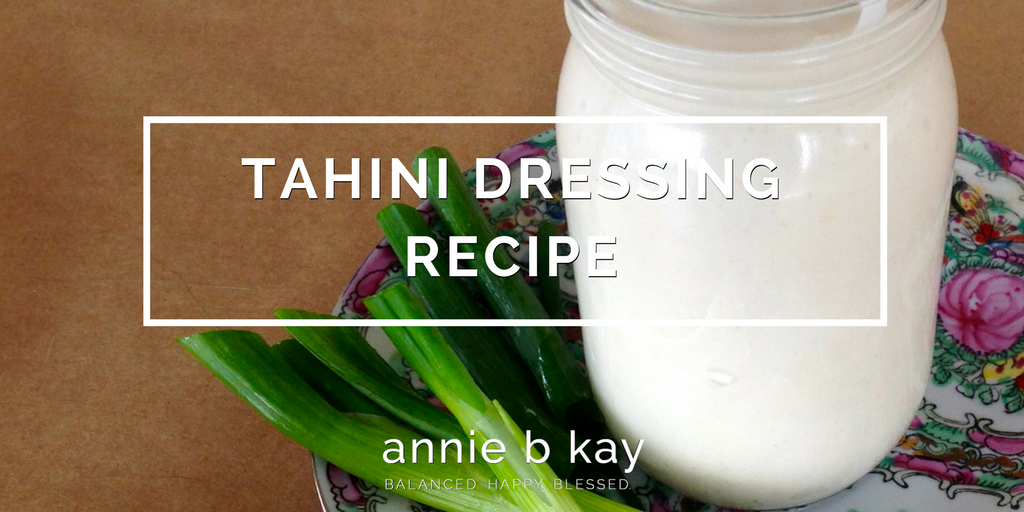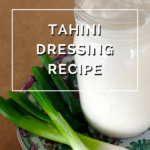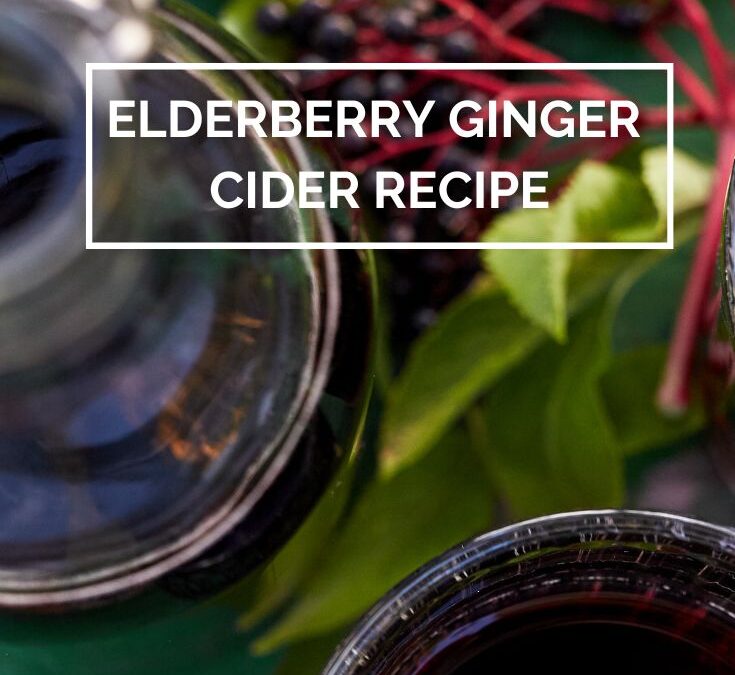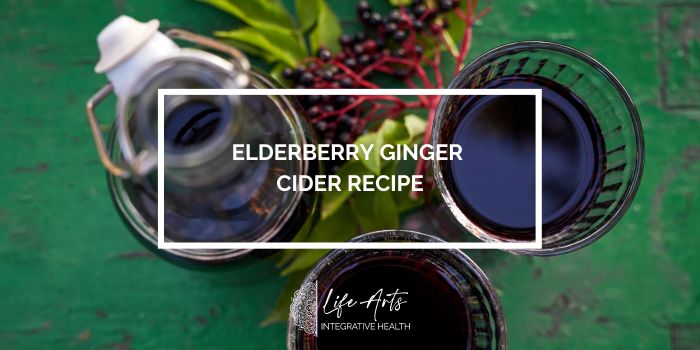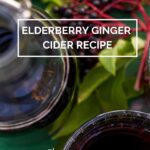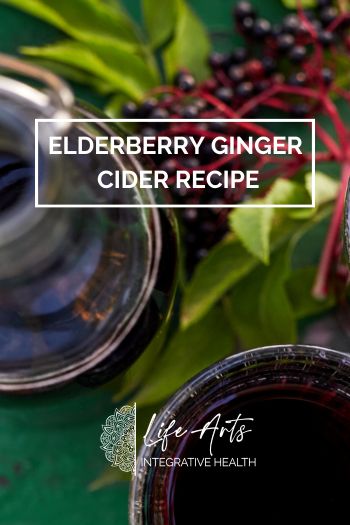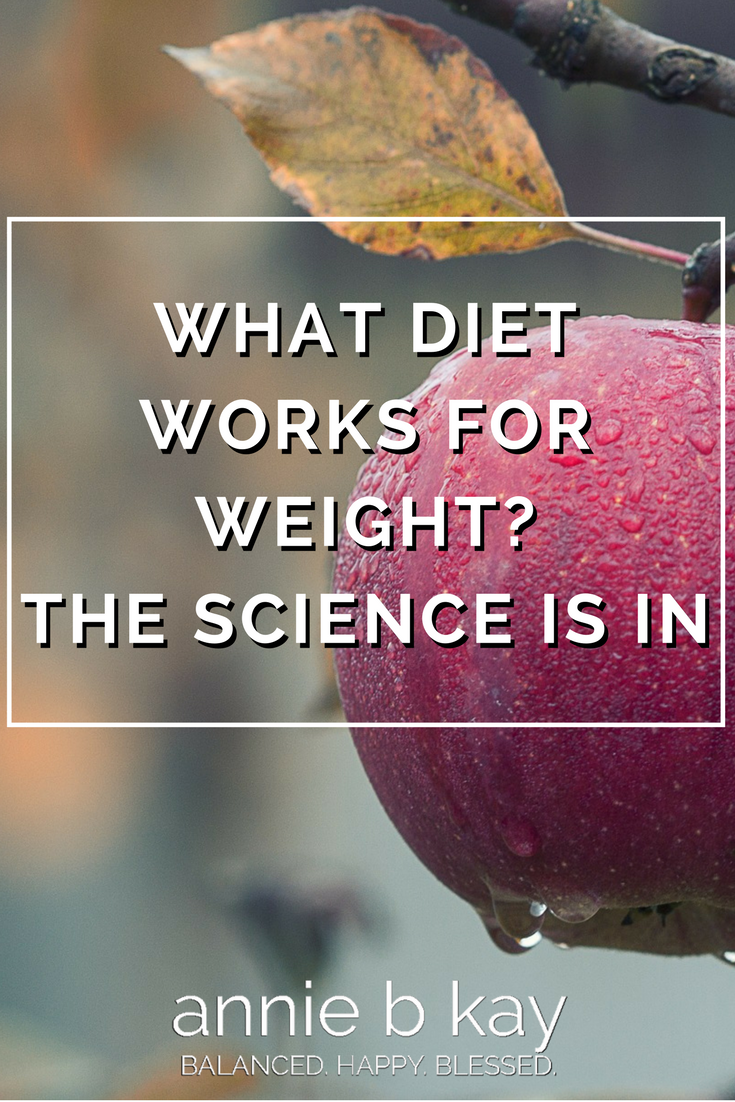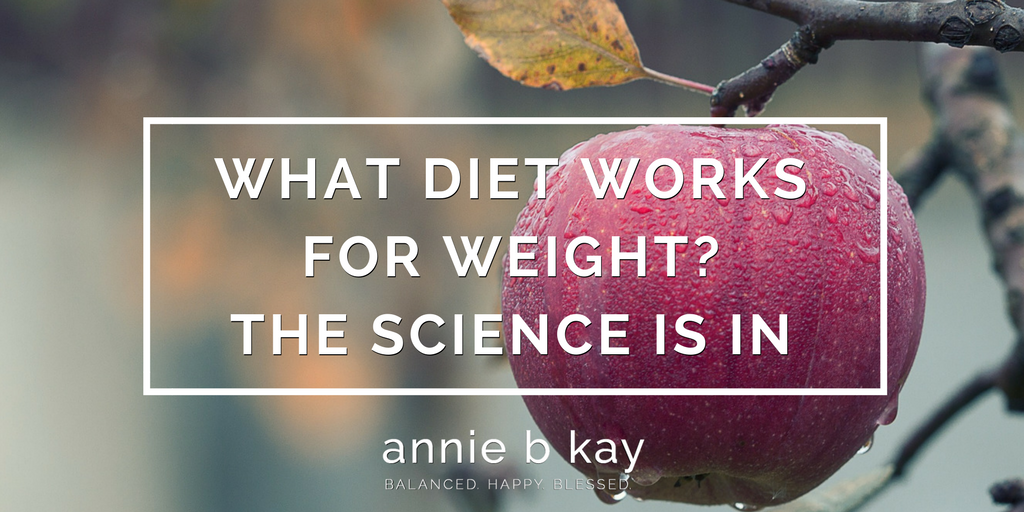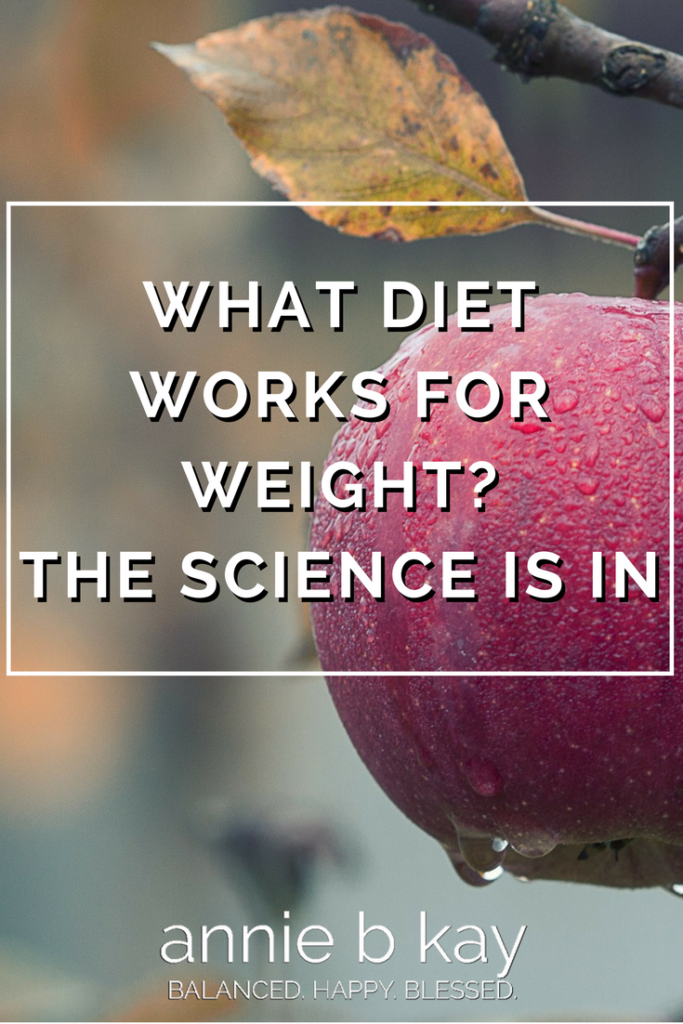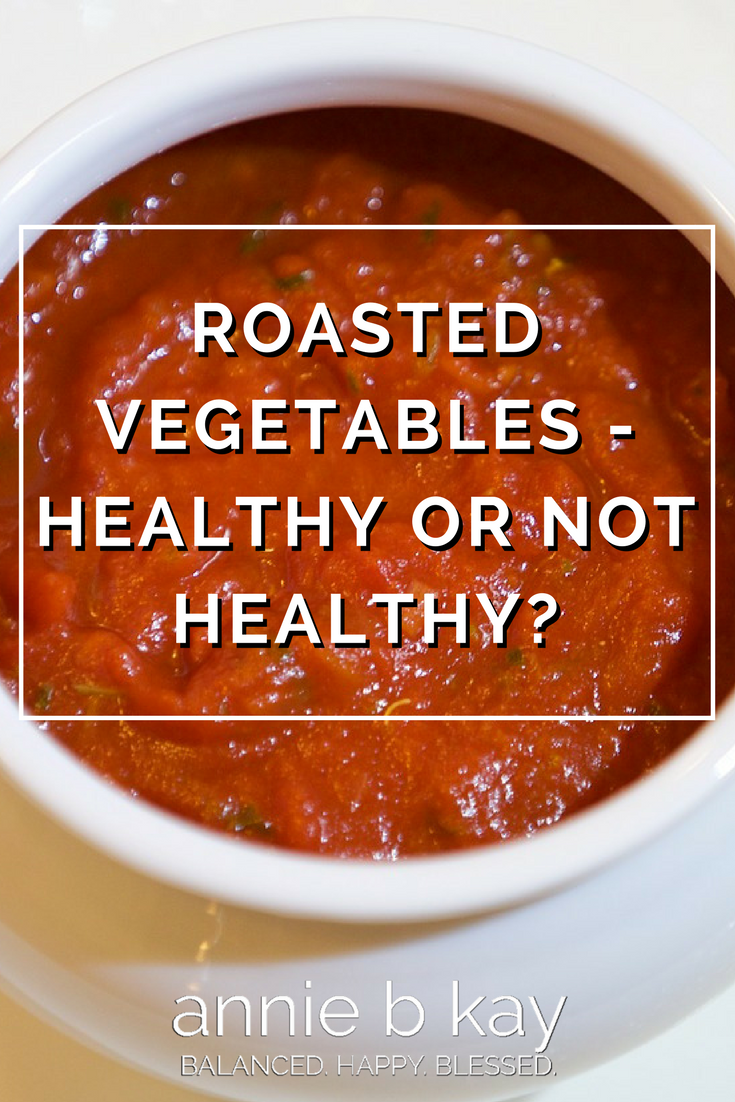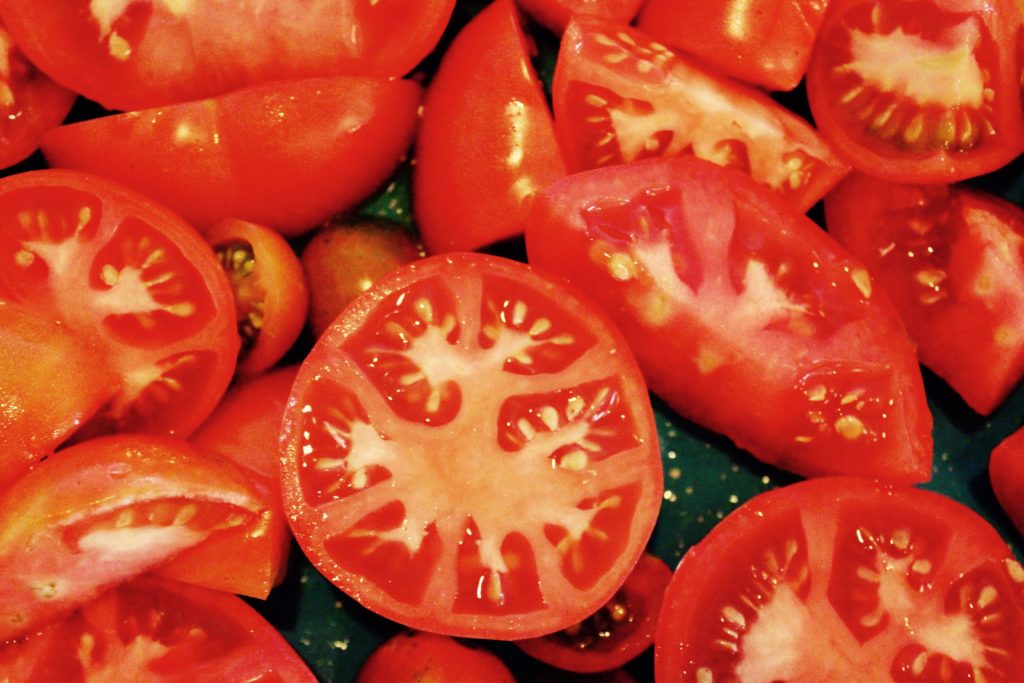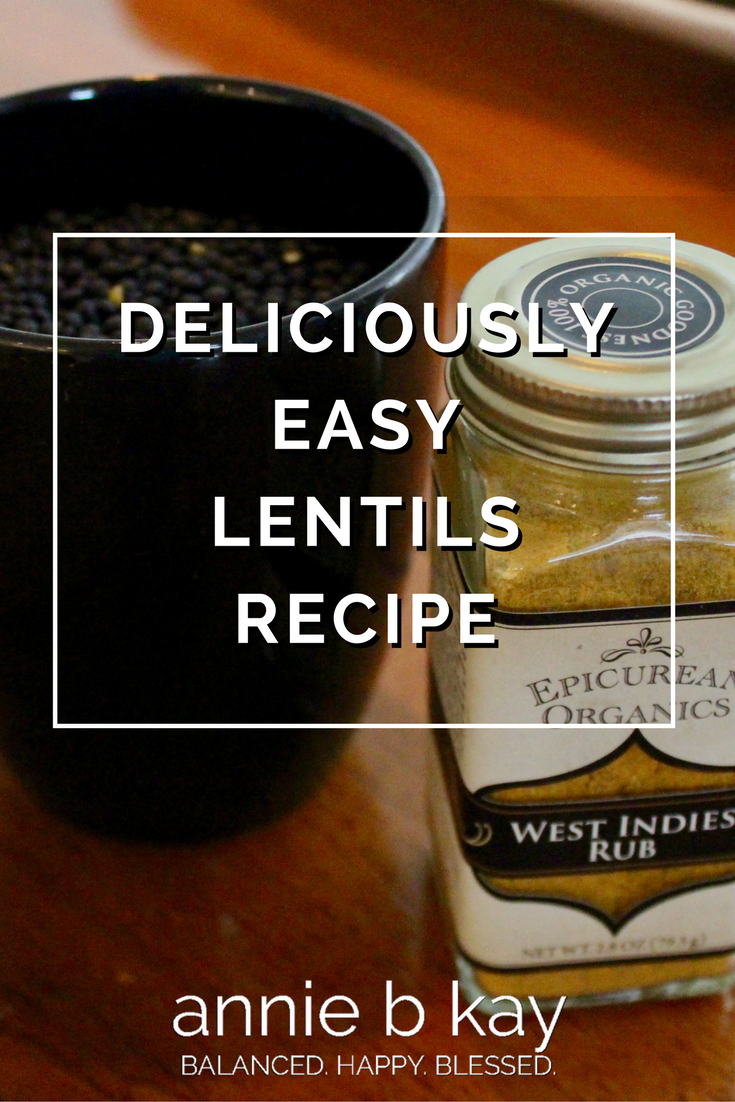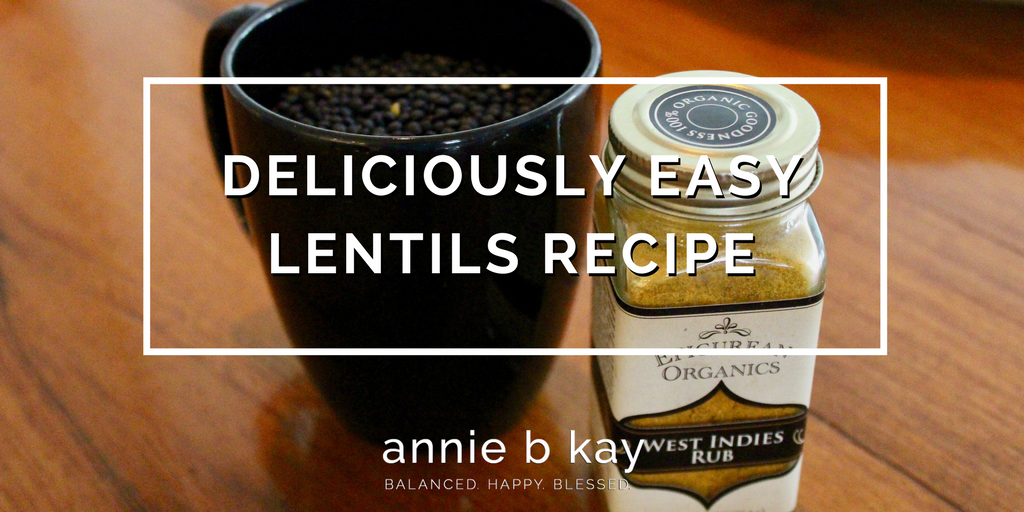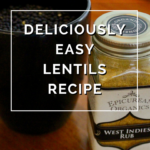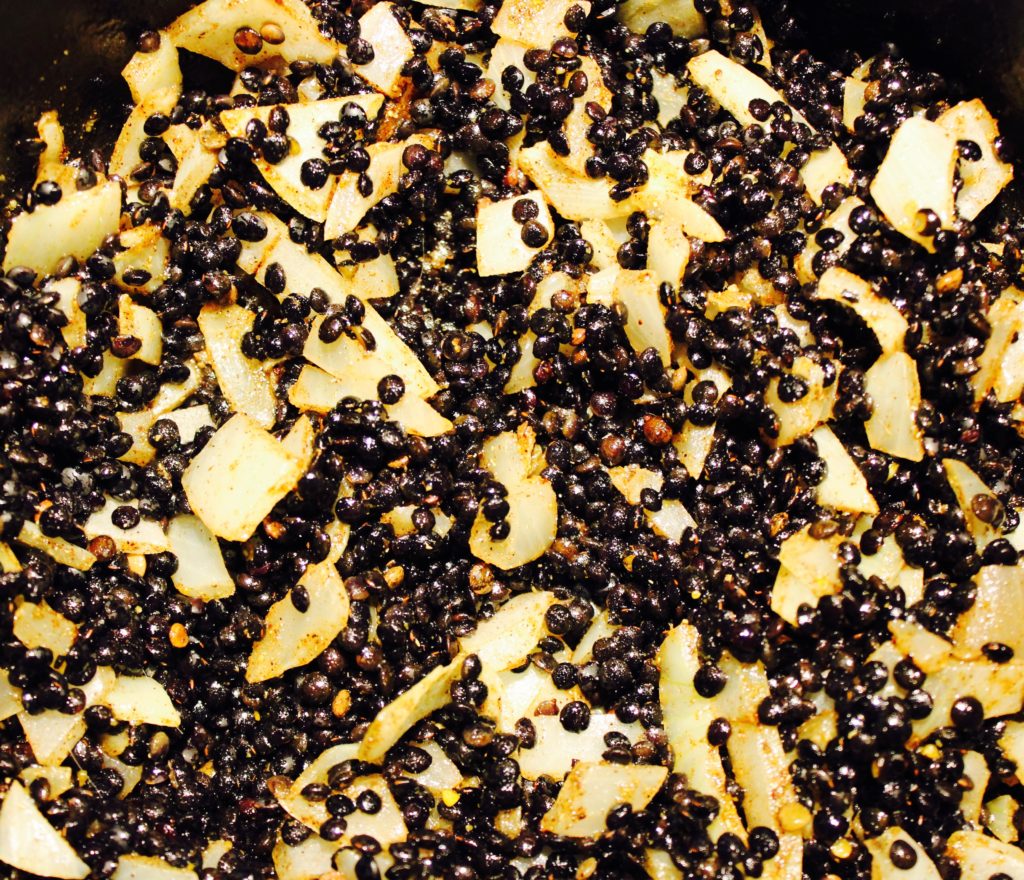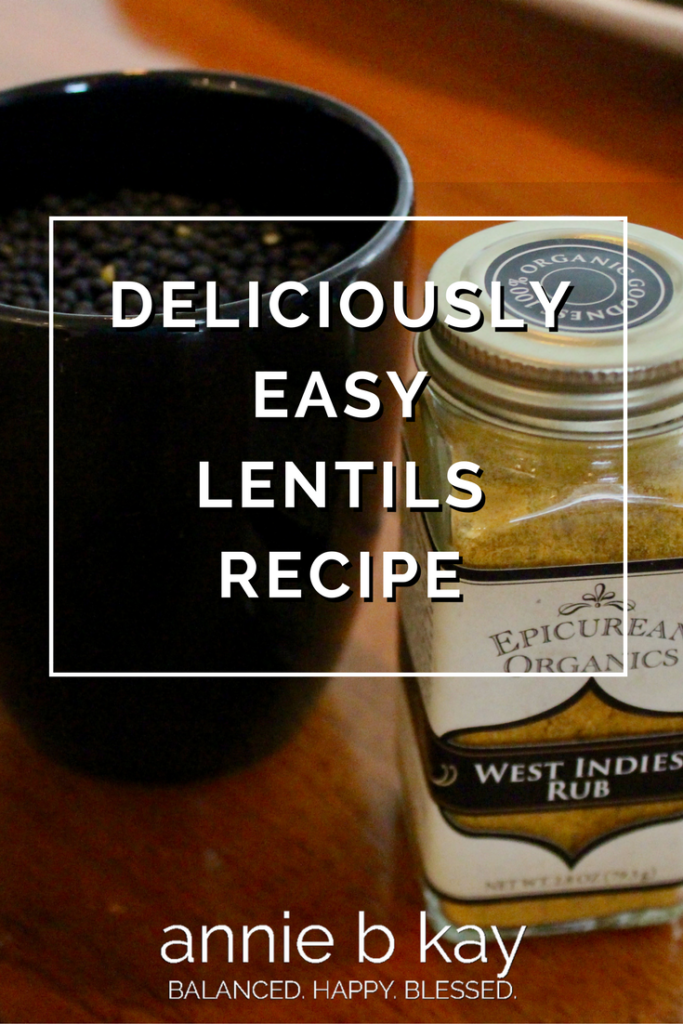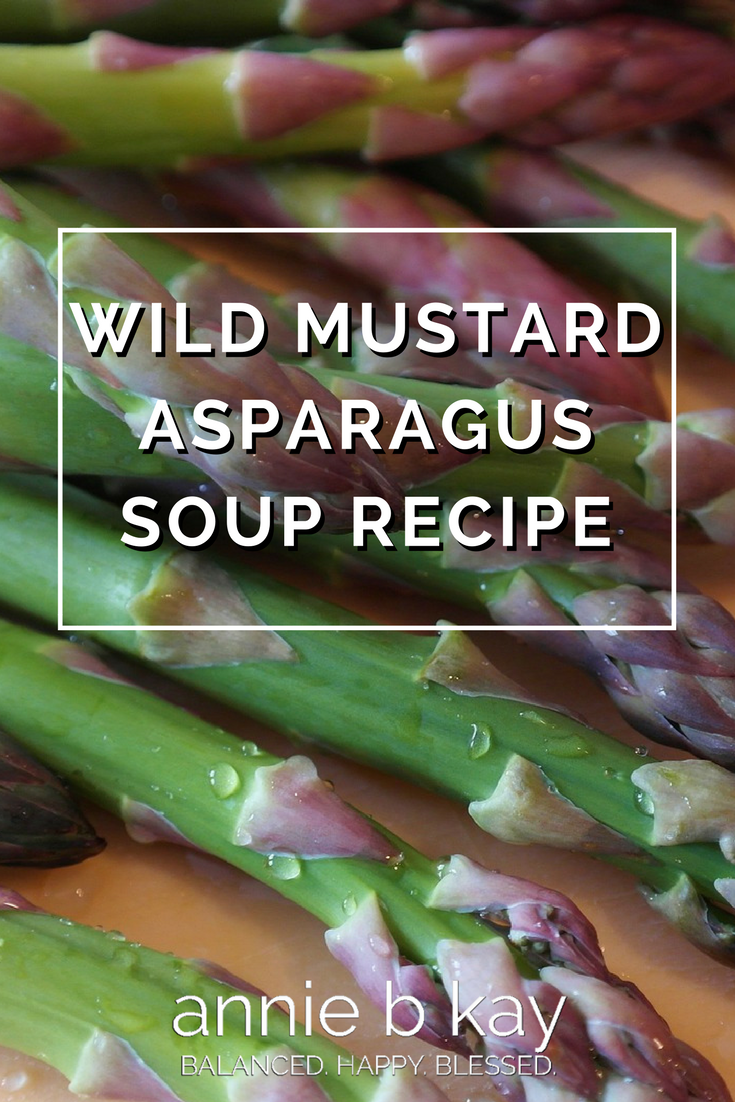
Wild Mustard Asparagus Soup Recipe
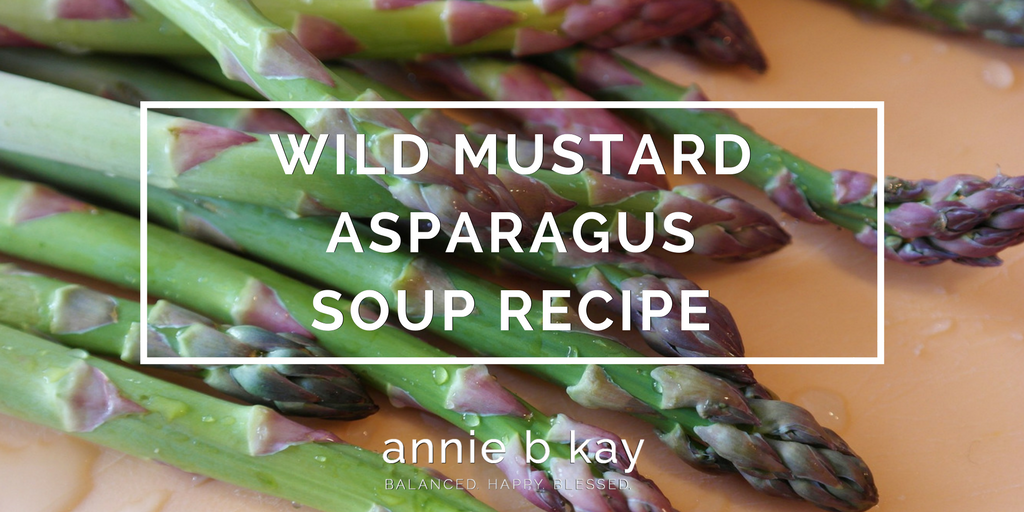
Please resist the temptation to spray weed-killer on your lawn as it is filled with nutrition free for the taking. Eat your “weeds” instead! Wild garlic mustard, for example, is considered an invasive weed but is also a nutrient-dense green with a spicy garlic flavor. This green is filled with antioxidant vitamins and minerals, and eating a little something wild every day connects us more deeply to nature.
I love the fact that just when we need to brush out the sludge from that long cold winter, the very tonics we need to help that happen literally spring up under our feet. Dandelion, ramps, wild strawberry and garlic mustard to name a few are everywhere now, and all we need to do is accept the invitation and support to detoxify deliciously.
Here is a nice light green spring soup recipe that I whipped up with the crew of people coming for Detox at Kripalu in mind. And of course, all my friends who are Kripalu Detox alums. Between the garlic mustard and asparagus (which is bursting with glutathione, the mother of all antioxidants and a detox power food) this recipe is made for spring nutrition. Enjoy!
Wild Mustard Asparagus Soup Recipe
Equipment
- Heavy Soup Pot
- Immersion Blender
Ingredients
- 15-20 stalks asparagus snapped into 2-inch pieces
- 5 stalks celery chopped
- 2 Tbsp good quality olive oil
- 1 scallion chopped
- 15 oz chicken or vegetable stock I used Pacific Natural Organic Chicken
- 2 cups fresh wild garlic mustard leaves
- 2 tsp Dijon mustard
- 1 Tbsp grass-fed butter
- 4 Tbsp toasted sunflower seeds
- Salt and pepper to taste
Instructions
- Saute celery in olive oil in a heavy soup pot until soft.
- Add scallion and asparagus, and continue to saute until vegetables are soft.
- Add stock, garlic mustard, and Dijon, and simmer medium-low for 15 minutes.
- Go to it with your immersion blender.
- Stir in butter until melted and incorporated into the soup. Add salt and pepper to taste.
- Serve warm, topping each bowl with a Tbsp of toasted sunflower seeds.
